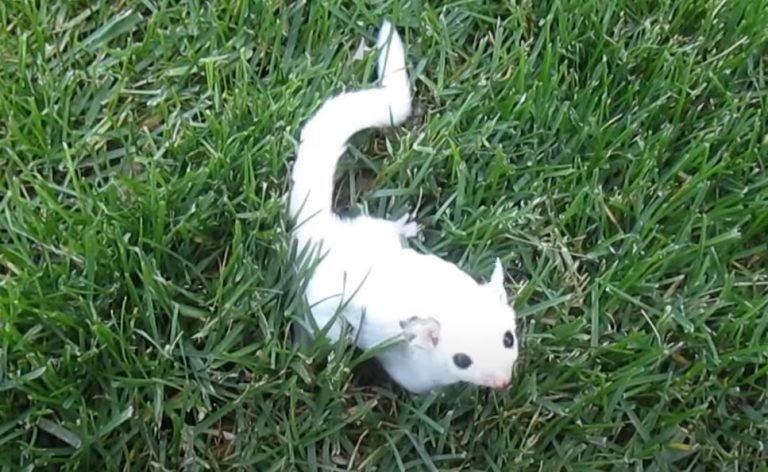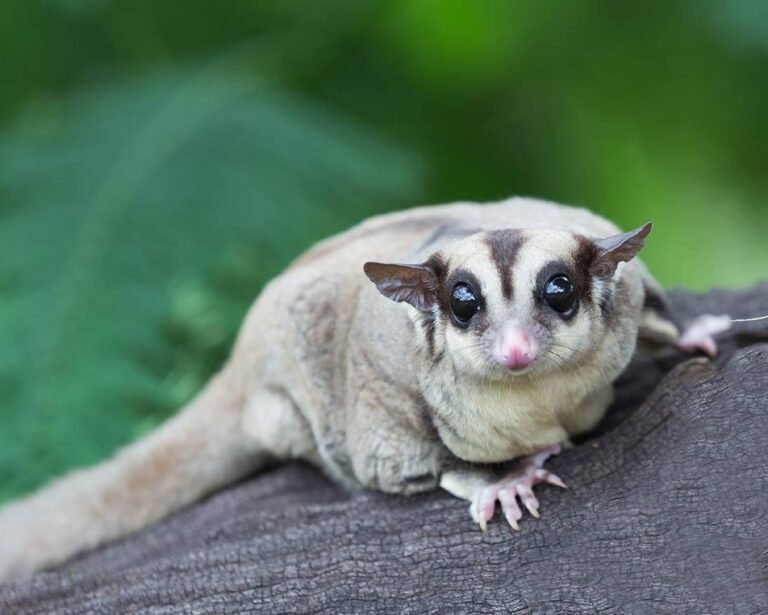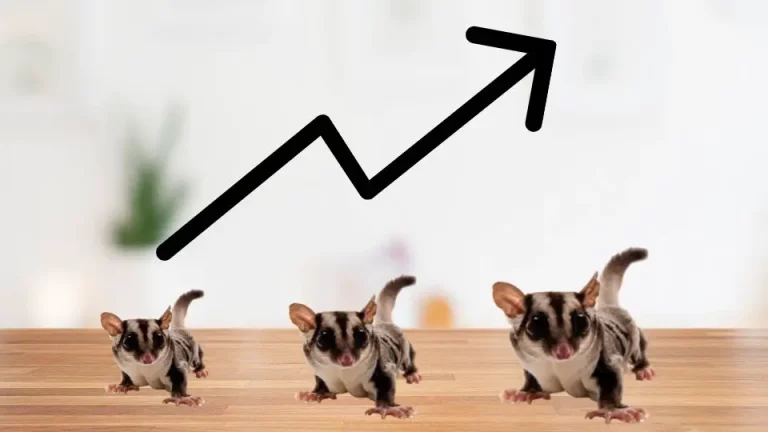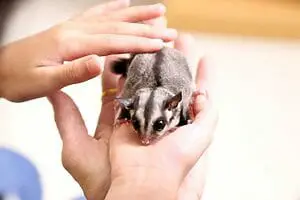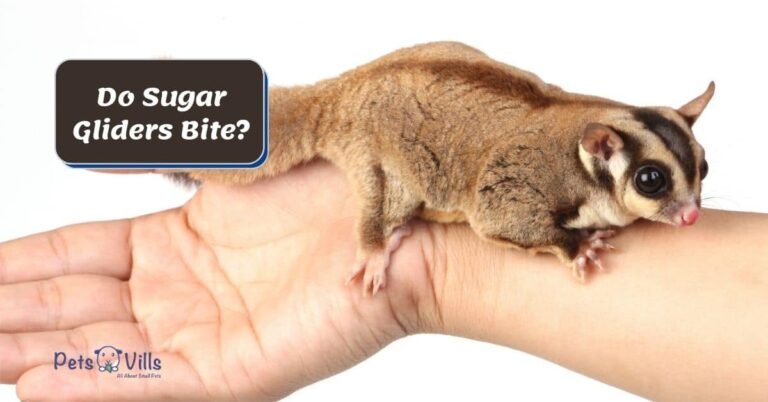Sugar Glider Or Sugar Bears
sugar glider or sugar bears
Have you ever wondered what those adorable little creatures with the big eyes and fluffy tails are called? Well, they are known as sugar gliders or sugar bears. These pint-sized marsupials have captured the hearts of many animal lovers around the world. But what exactly are they? Are they bears or gliders? Let’s find out!
Sugar gliders are small marsupials native to Australia, New Guinea, and Indonesia. Despite their name, they are not bears at all. In fact, they belong to the same family as kangaroos and koalas. These little creatures got their name due to their love for sweet foods and their ability to glide through the air. So, let’s dive into the fascinating world of sugar gliders and learn more about these unique animals.
The Unique World of Sugar Gliders
Physical Features
Sugar gliders are small in size, measuring between 5 to 7 inches in length, with a tail that can reach up to 6 inches. They typically weigh around 4 to 5 ounces. These tiny creatures have soft fur that comes in various colors such as gray, black, and cream. Their large, round eyes and small ears give them an incredibly cute and curious appearance.
One of the most distinctive features of sugar gliders is their patagium, a thin membrane of skin that stretches from their wrists to their ankles. This unique adaptation allows them to glide from tree to tree, covering impressive distances of up to 150 feet. They use their long tail as a rudder and their front and hind limbs as wings to control their glide.
Natural Habitat
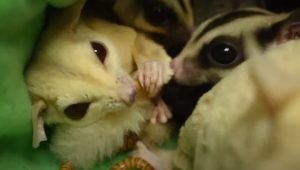
Sugar gliders are arboreal creatures, which means they spend most of their lives in trees. They inhabit a variety of forested areas, including rainforests, eucalyptus forests, and acacia woodlands. These agile creatures are excellent climbers and have sharp claws for gripping tree trunks and branches.
Their natural habitat provides them with plenty of food sources, including nectar, pollen, tree sap, insects, small vertebrates, and fruits. Sugar gliders have a particular affinity for sweet foods, hence their name. They have a unique ability to digest sap, which other animals cannot do. This adaptation allows them to access an abundant food source that most animals cannot.
Social Behavior
Sugar gliders are highly social creatures that live in colonies or groups called “troops.” These troops usually consist of a dominant male, several females, and their offspring. They have a complex social structure and communicate with each other using a combination of vocalizations, body postures, and scent marking.
One interesting behavior of sugar gliders is their ability to form strong bonds with their human caregivers. With proper socialization, they can become affectionate and friendly pets. However, it is important to note that sugar gliders are not recommended for everyone, as they require specialized care and attention.
Nutritional Needs
As mentioned earlier, sugar gliders have a sweet tooth. In the wild, their diet consists mainly of tree sap, nectar, fruits, and insects. However, when kept as pets, their diet should be carefully balanced to ensure their nutritional needs are met. A proper diet for a sugar glider usually includes a combination of fresh fruits and vegetables, high-quality insectivore pellets, and occasional treats like mealworms and yogurt.
It is crucial to provide a balanced diet for sugar gliders to prevent nutritional deficiencies and health problems. Consult with a veterinarian who specializes in exotic animals to ensure you are meeting your sugar glider’s dietary requirements.
Frequently Asked Questions
Are sugar gliders good as pets?
Sugar gliders can make great pets for individuals who are willing to provide them with proper care and attention. However, they are not recommended for everyone. As social animals, sugar gliders require a lot of socialization and interaction with their human caregivers. They also have specific dietary and housing needs that must be met.
How long do sugar gliders live?
In the wild, sugar gliders typically live between 5 to 7 years. However, in captivity, with proper care, they can live up to 12-15 years. Providing a balanced diet, appropriate housing, and regular veterinary check-ups are essential for ensuring a longer lifespan for your pet sugar glider.
Can sugar gliders be trained?
Yes, sugar gliders can be trained to some extent. With patience and positive reinforcement, they can learn simple tricks and commands. However, it is important to remember that they are still wild animals at heart and have certain instincts that cannot be trained out of them. Bonding and trust-building are essential foundations for successful training.
Do sugar gliders smell bad?
Proper hygiene and regular cleaning of their enclosure can help minimize any potential odor associated with keeping sugar gliders as pets. Like any animal, they do have a natural scent, which is more noticeable in unneutered males. However, with proper care and cleanliness, the smell should not be overpowering or unpleasant.
Final Thoughts
Sugar gliders, or sugar bears as they are sometimes called, are fascinating and unique animals. With their ability to glide through the air, their love for sweet foods, and their social nature, they have captured the hearts of many. However, it is important to remember that they are not low-maintenance pets and require specialized care.
Before considering a sugar glider as a pet, do thorough research and consult with experts to ensure that you can provide the necessary environment, diet, and socialization for these adorable creatures. With proper care, love, and attention, a sugar glider can become a wonderful companion and addition to your family.


